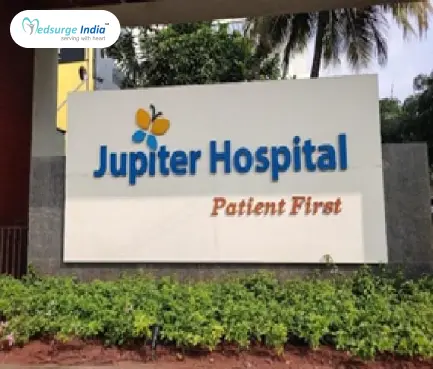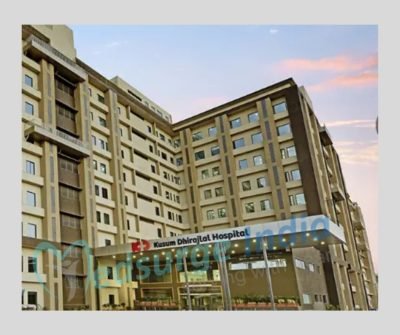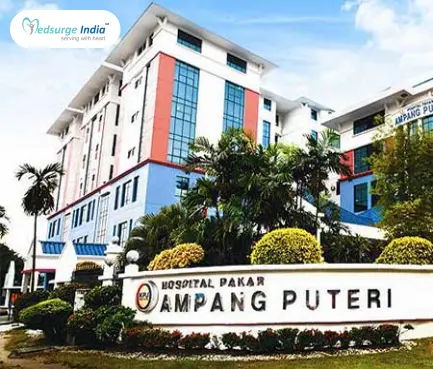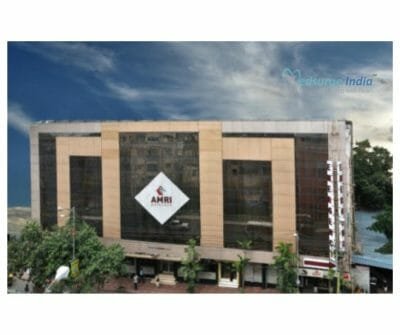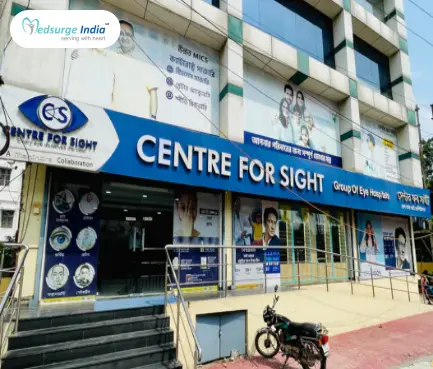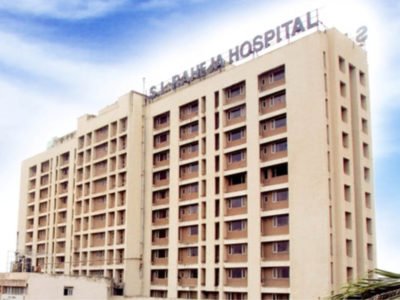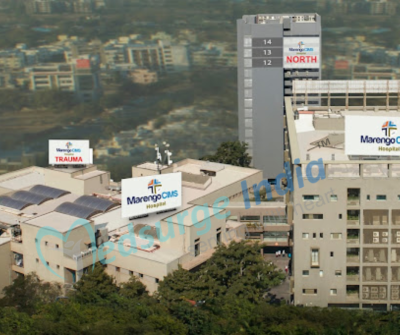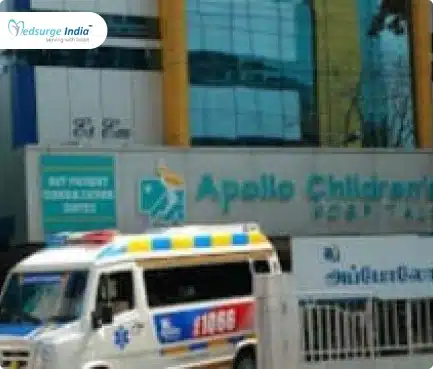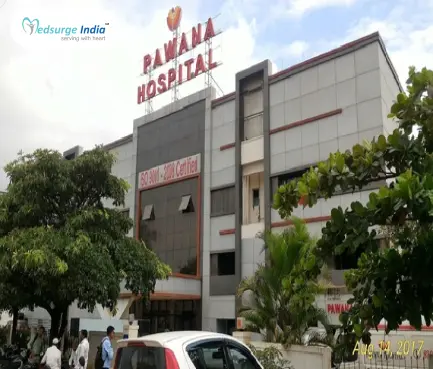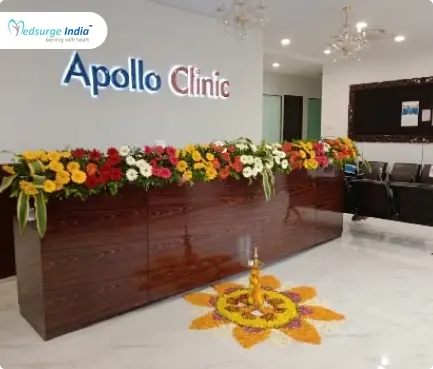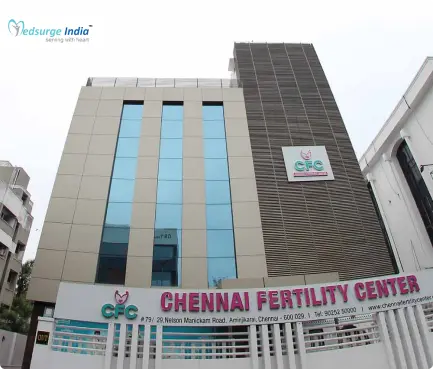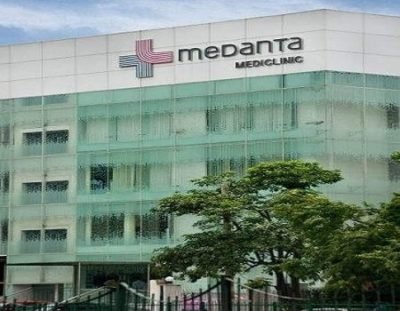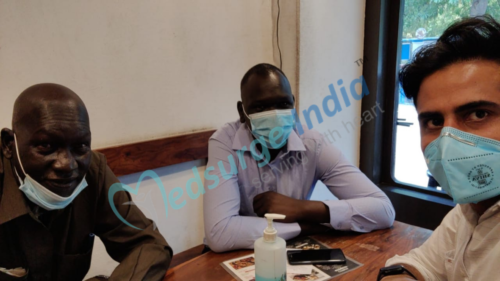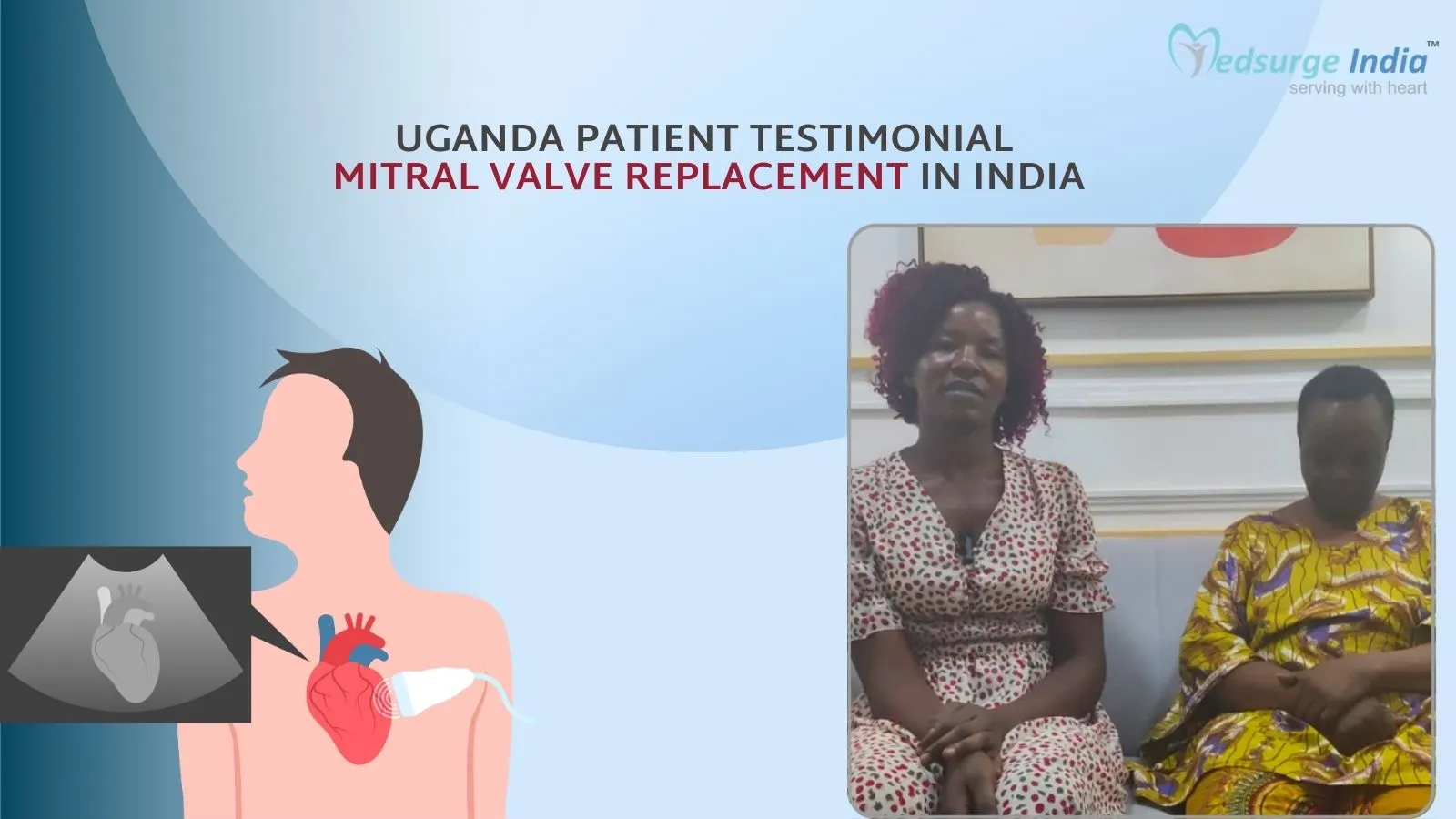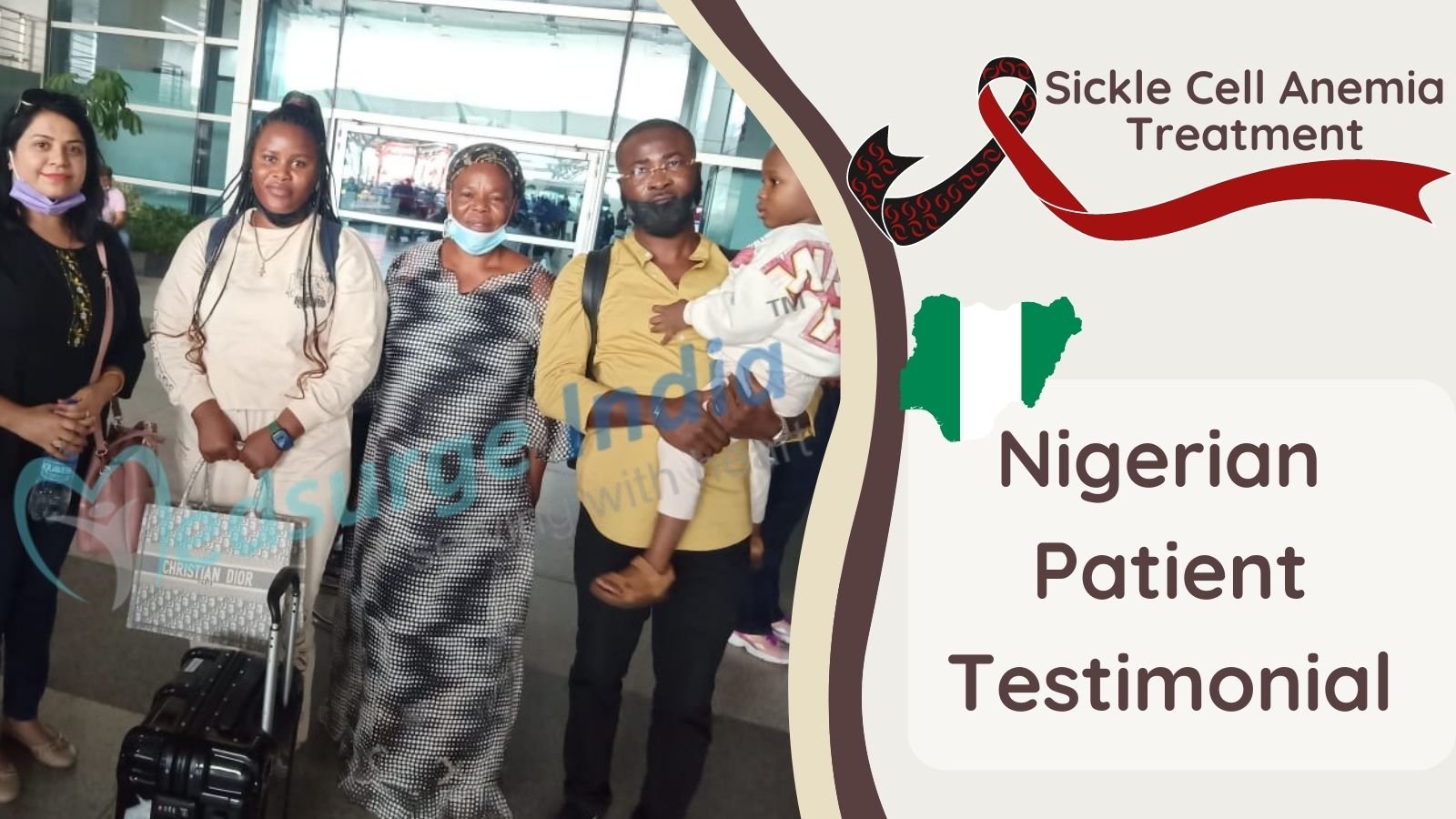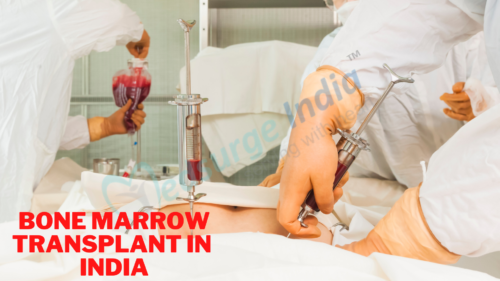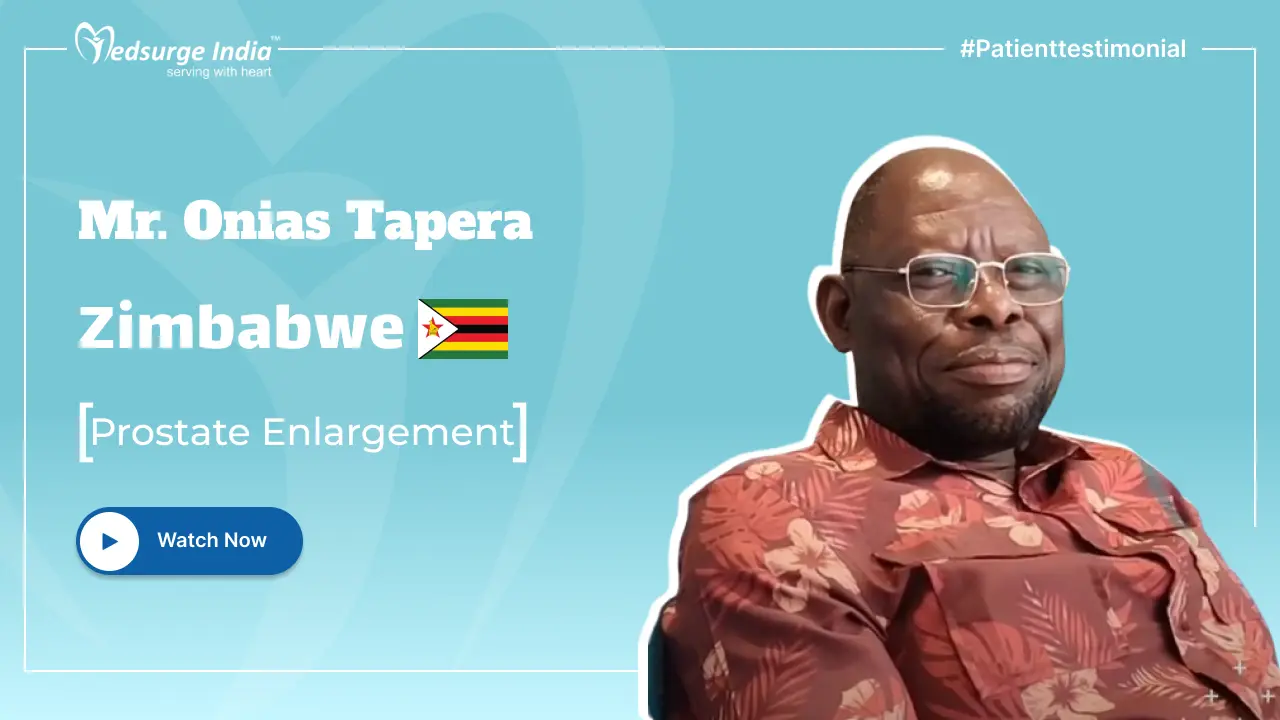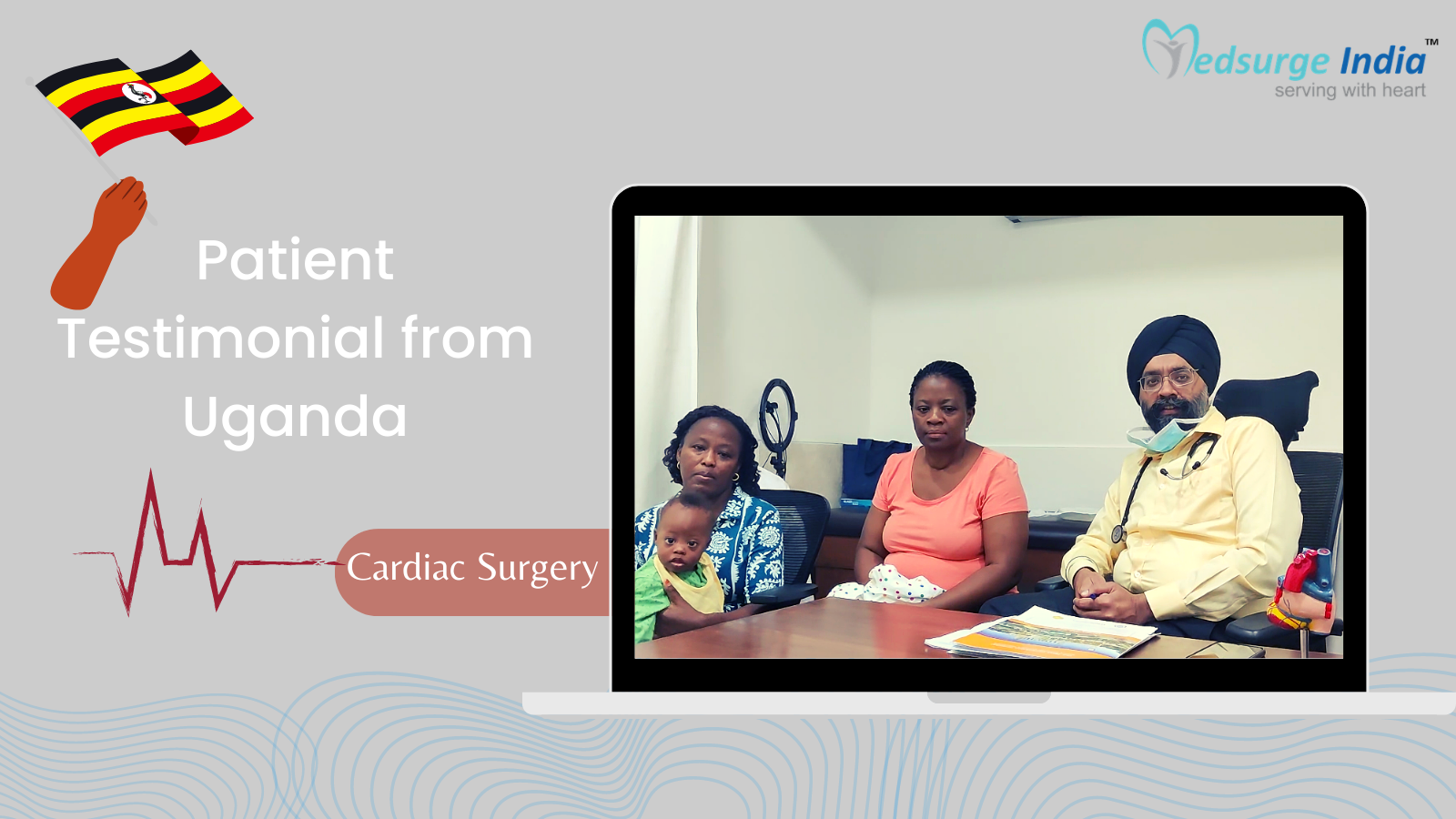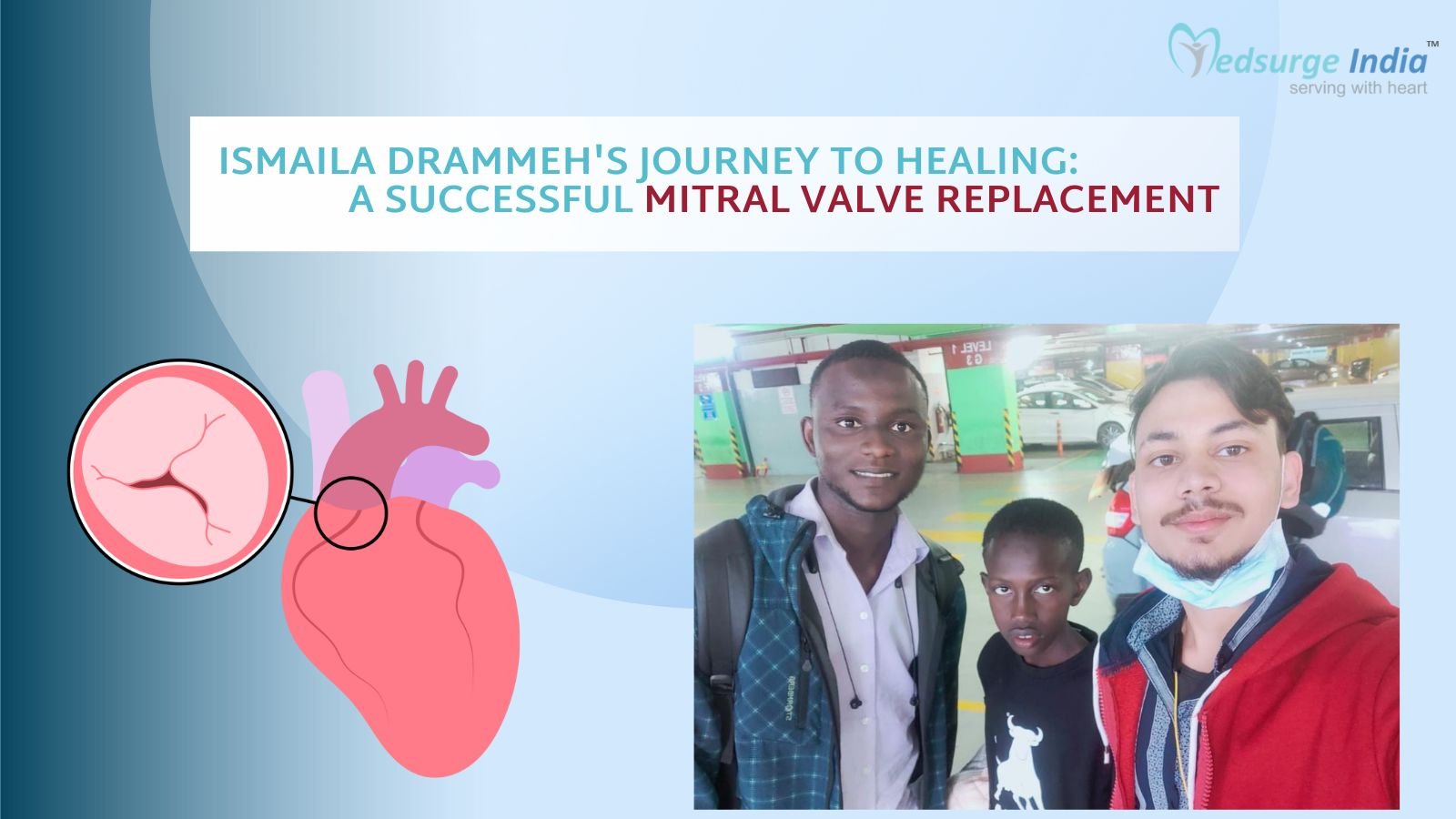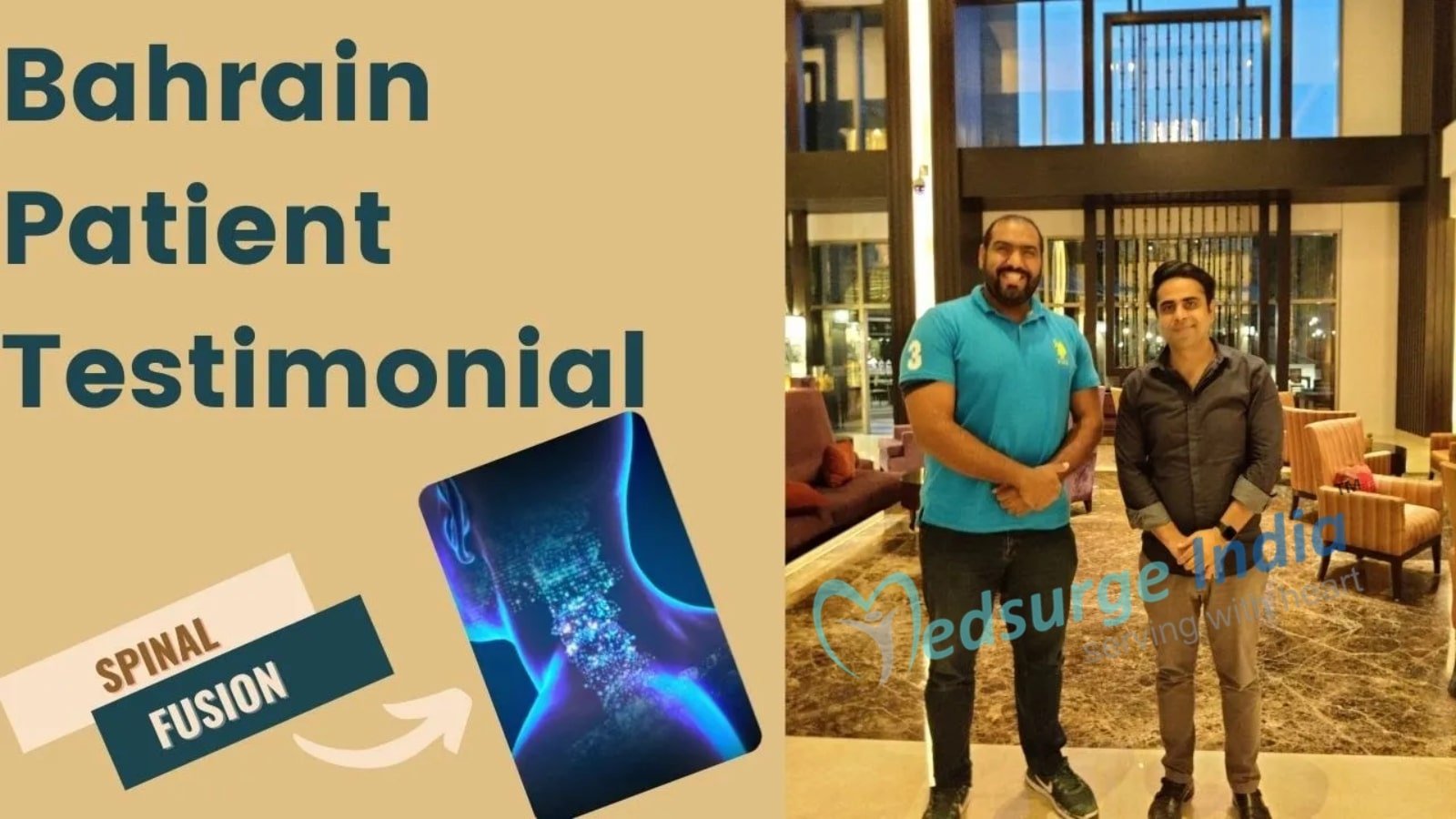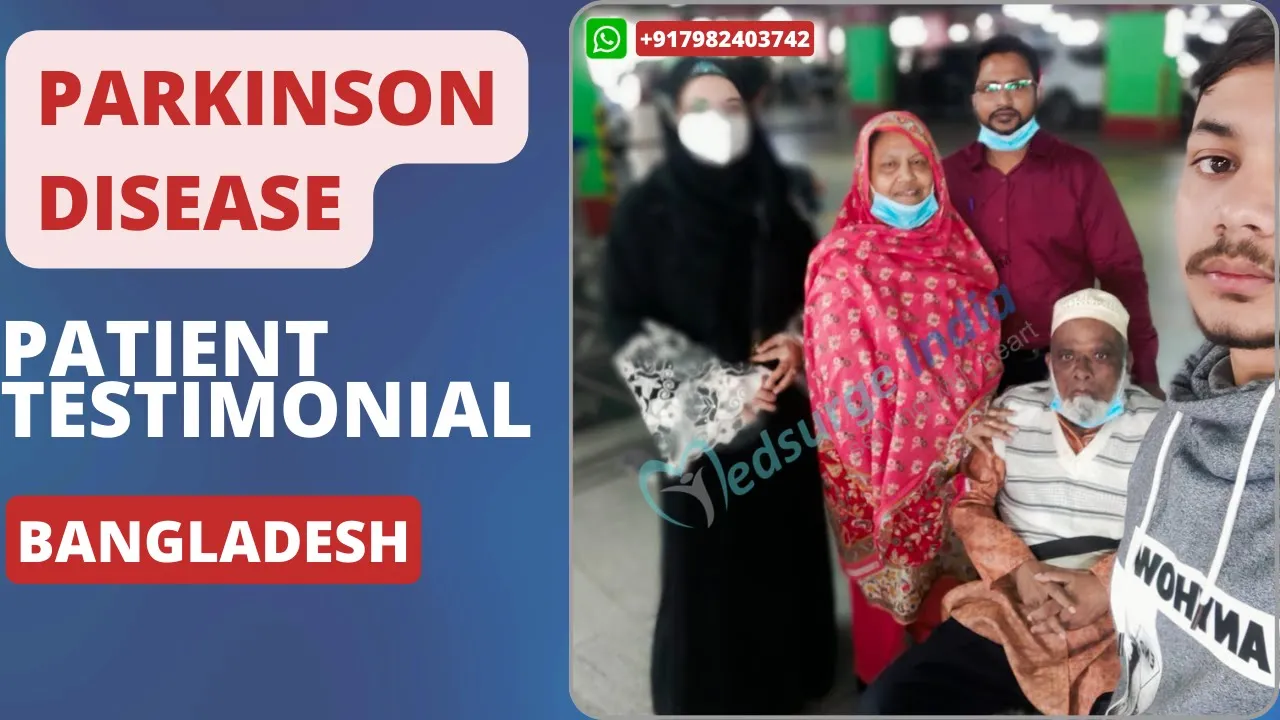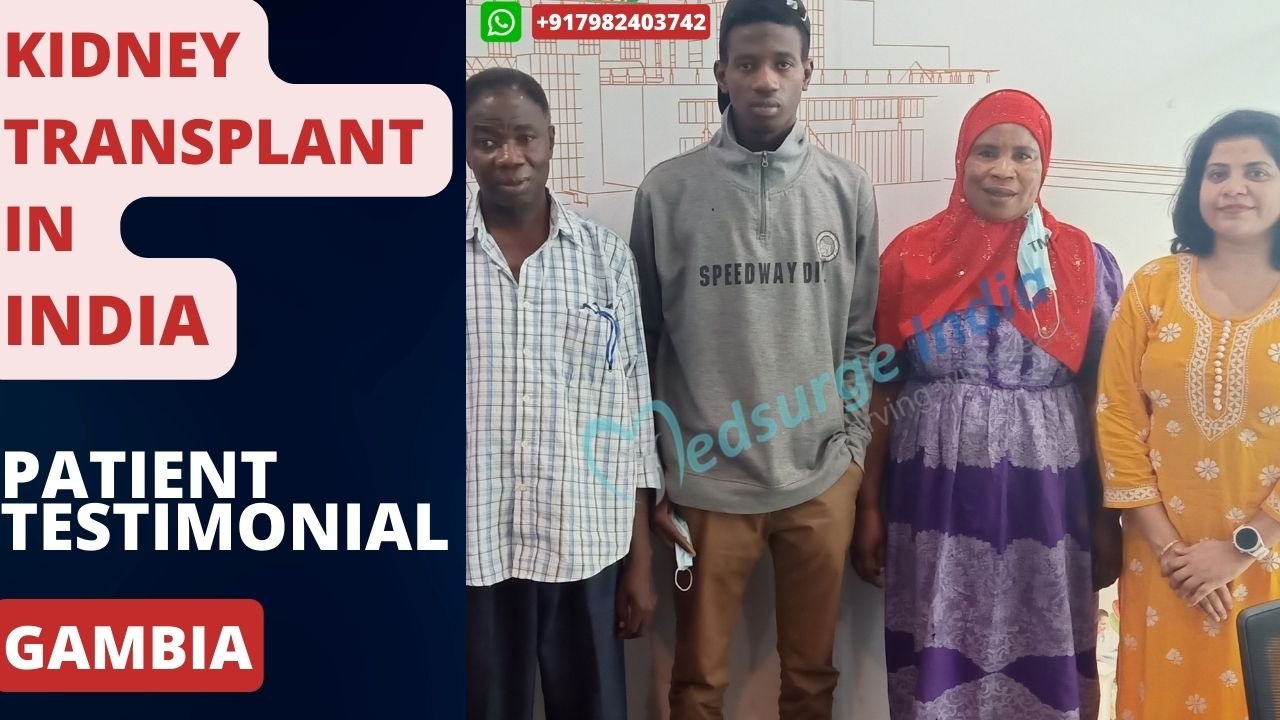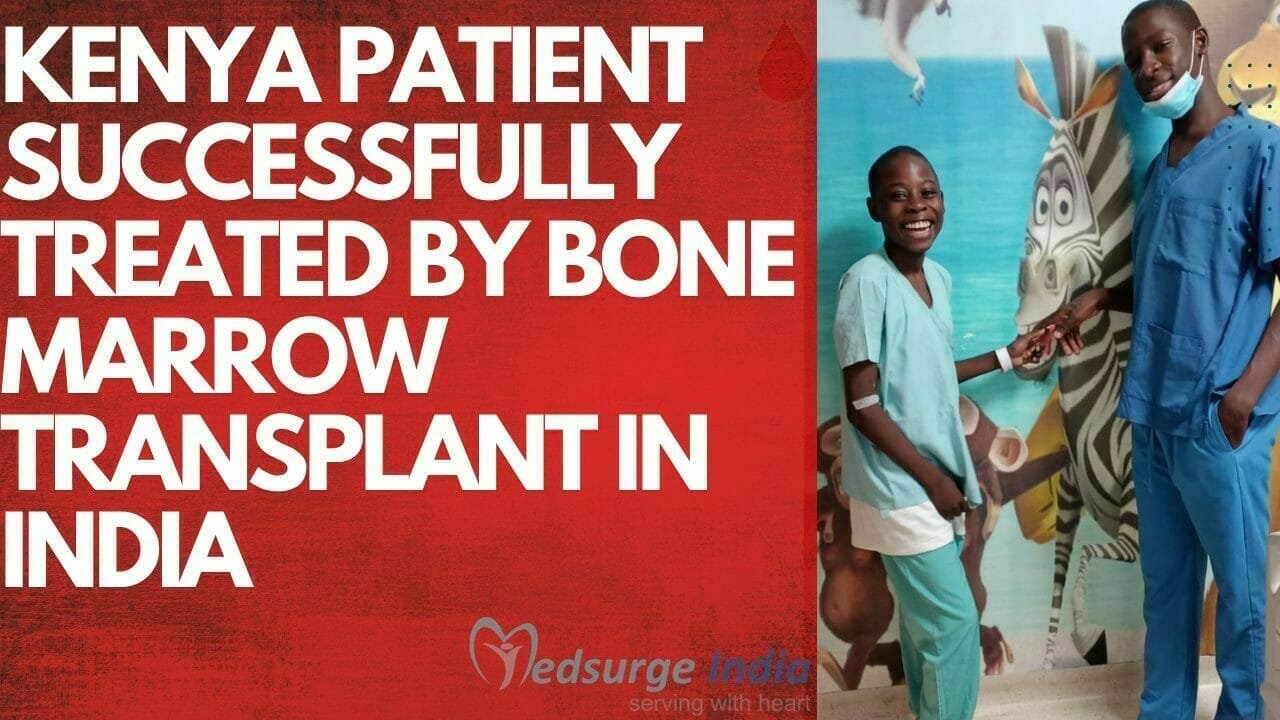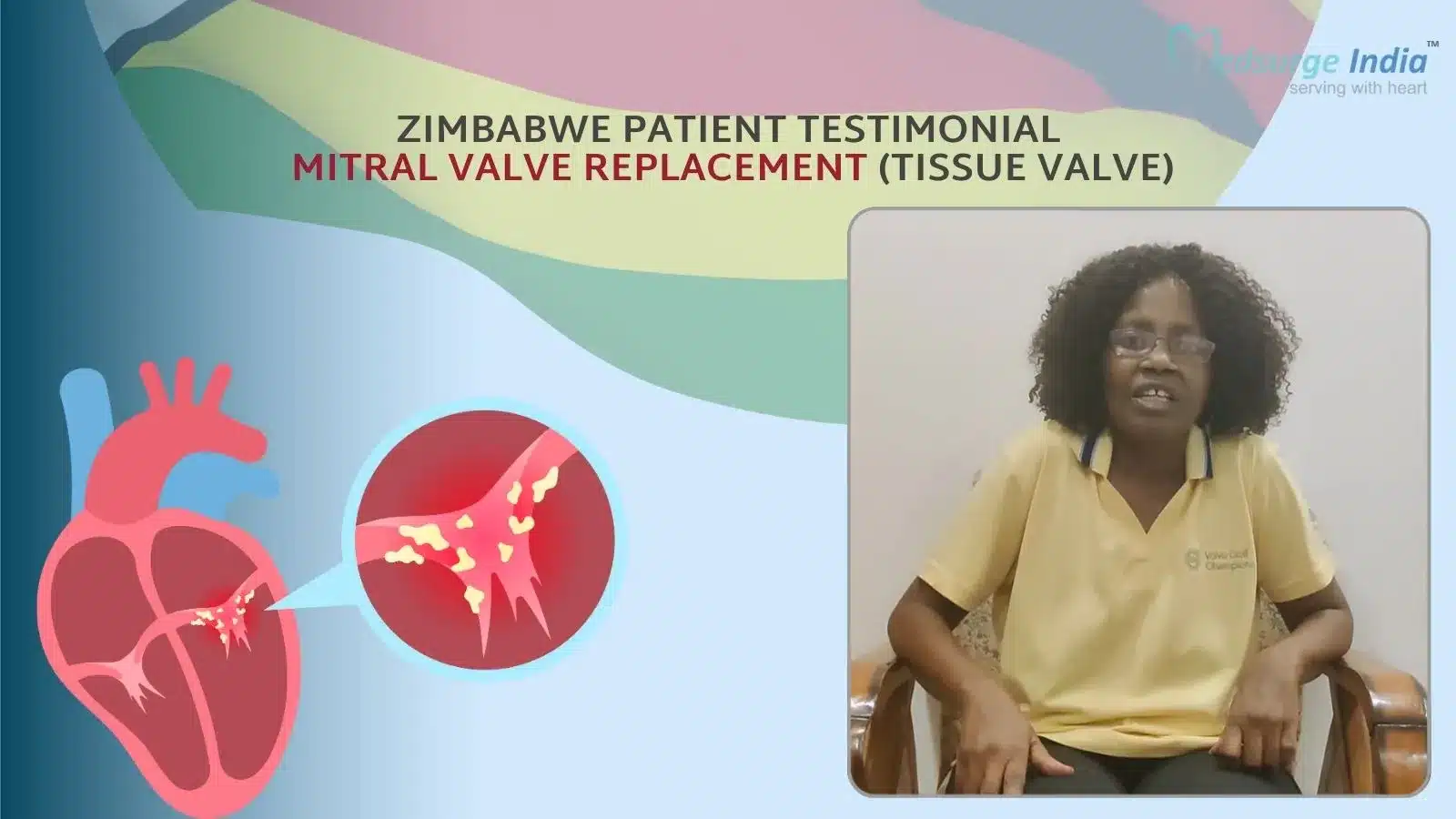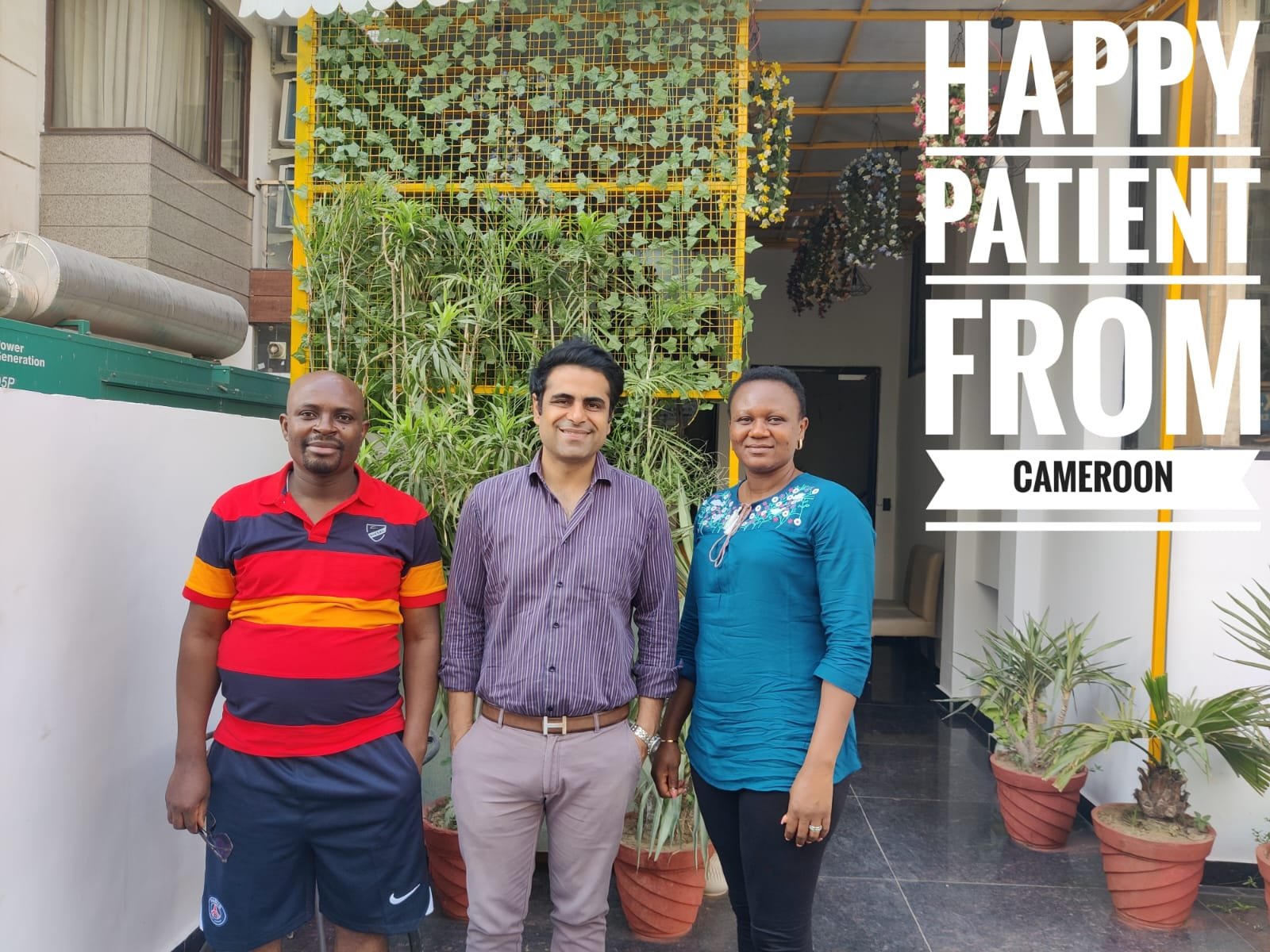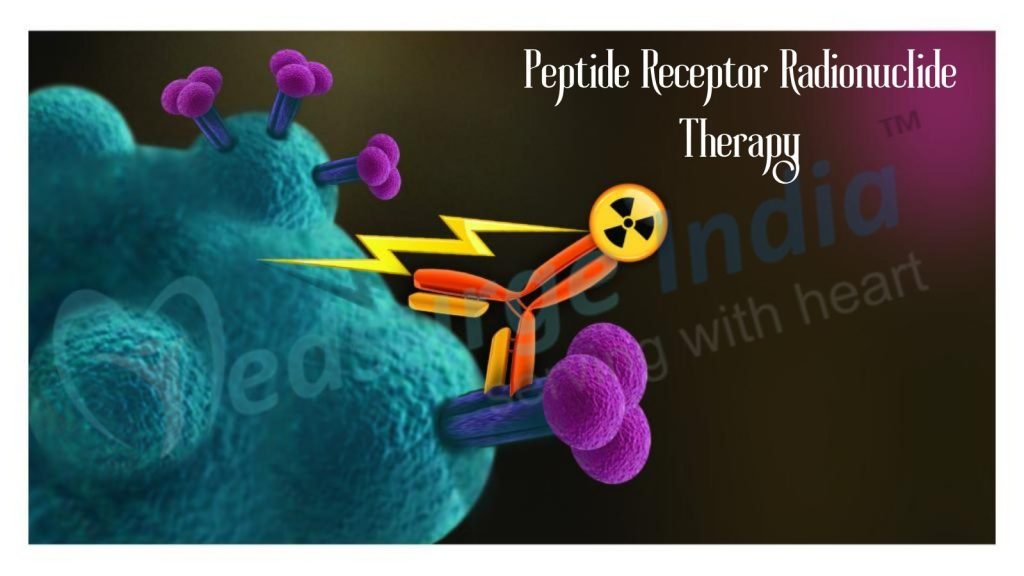
PRRT Therapy in India
Nuclear medicine is a specialization of radiology that involves the diagnostic and therapeutic use of radioactive materials (radiopharmaceuticals). Nuclear medicine imaging is used to examine the structure and function of internal organs and to aid in the early detection of abnormalities or diseases. Certain types of cancer and disorders are also treated with this discipline of medicine.
A small amount of radioactive materials is employed in diagnostic procedures assist to view the organs, allowing the doctor to discover and identify the abnormalities, size of any tumors, and other physiological or functional problems with the organ.
This approach can also be used to track the course of the disease and its response to treatment. The procedure involves injecting radiopharmaceutical agents into the patients and imaging with PET (Positron Emission Tomography) or SPECT (Single Photon Emission Computed Tomography) cameras. The emission spectra produced by the radiopharmaceutical substances utilized can be read using these approaches.
What is PRRT Treatment?
Peptide Receptor Radionuclide Therapy (PRRT) is a molecular therapy for neuroendocrine tumors that is one of the accepted treatment options (NETs). A radiopeptide is made by mixing a small amount of radioactive material (Yttrium-90 or Y-90 and Lutetium-177 or Lu-77) with a cell-targeting protein in PRRT treatment. When injected into a neuroendocrine tumor patient’s bloodstream, this radiopeptide travels to the cancer cells and attaches to them, delivering a high dosage of radiation that solely targets the cancer cells.
PRRT Therapy Cost in India
The average PRRT Therapy Cost in India starts from USD 7000. For PRRT Therapy in India, the expenses are subject to variation based on the patient’s condition and the specific treatment approach chosen by the doctor following the results obtained.
PRRT Therapy Cost in Various Cities in India
| Cities | Starting Price |
| Delhi | USD 7000 |
| Gurgaon | USD 7000 |
| Noida | USD 7000 |
| Mumbai | USD 7100 |
| Hyderabad | USD 7000 |
| Chennai | USD 7000 |
| Kolkata | USD 7000 |
| Bangalore | USD 7200 |
Please note that the pricing and the treatment for PRRT Therapy cost in India will vary depending on the patient’s choice and other various factors.
Factors That Can Affect PRRT Therapy Cost in India
The following here are some variables that can affect PRRT Therapy Cost in India:
- Medication costs.
- Duration of treatment.
- Geographical location.
- Hospitalization expenses.
- Government policies and subsidies.
- Medical tourism packages.
- Hospital reputation and infrastructure.
- The expertise and experience of medical professionals.
- The type and frequency of diagnostic procedures.
- The choice of treatment modality.
Furthermore, the standard and caliber of medical services and amenities provided are comparable to esteemed healthcare establishments globally, despite taking into account expenses for lodging, food, and travel. Additionally, with the expertise of skilled physicians, Medsurge India guarantees that individuals are provided with the most cost-effective PRRT Therapy cost in India.
Who Is Eligible for PRRT Treatment?
PRRT Treatment in India is recommended for patients with Advanced Metastatic or Progressive Neuroendocrine Tumors (NETs), as well as those NET patients who are ineligible for surgery or who are unresponsive to conventional treatment options, also called PRRT Therapy for Neuroendocrine. While PRRT is a palliative treatment, it can help to relieve symptoms, reduce or even stop tumor progression, and so improve not only the quality of life but also the survival rate.
The doctor’s decision to use PRRT Therapy to treat a Neuroendocrine Tumor patient is based on the following factors:
- The tumor’s origin point
- Tumor’s aggressiveness and proliferation
- Tumor’s growth or stability – how aggressively is it growing?
- The most crucial factor for clinicians to examine is whether the tumor expresses the receptors that are utilized to target PRRT.
Is PRRT Safe for You?
When compared to neuroendocrine tumors originating from the small intestine and the rectum, neuroendocrine tumors arising from the lungs and pancreas are generally more aggressive. Tumors that start in the gut and rectum have a higher chance of spreading to the liver than tumors that start in the lungs. The progression of a neuroendocrine tumor that originates in the lungs is more indolent (lazy).
How Does PRRT Work?
Some neuroendocrine cells have proteins (receptors) on the outside of them called somatostatin receptors. The hormone somatostatin attaches to these receptors and causes changes in the cell. For example, they may tell the cell to slow down the production of hormones.
Special scans such as PET scans or octreotide scans can check whether the NET has these receptors. If the NET has somatostatin receptors, doctors can use them to target radiotherapy.
Doctors connect a radioactive material to a man-made type of the hormone somatostatin in the lab (a somatostatin analogue). This radioactive treatment travels through your body’s bloodstream and binds to the NET cells’ somatostatin receptors. The creature then enters the cell and kills it from within.
Watch Video – https://www.youtube.com/watch?v=Ddzqsta0U64&t=54s
Get Free Cost Estimation
Procedure
How PRRT Therapy Session Is Performed?
A set of four PRRT treatments with 177 Lu-DOTATATE spaced about 8 weeks apart is the most common procedure. Protocols may differ depending on the location. This treatment may be performed as an outpatient procedure or may necessitate a few days in the hospital. This treatment is usually done as an outpatient procedure lasting half or full day, with only a few exceptions where a patient may need to stay overnight in the hospital.
Anti-nausea pre-medications are given before each PRRT session, followed by an amino acid solution. The amino acid solution is given intravenously to protect the kidneys of the patient from the treatment’s side effects. After that, the radioactive substance is delivered into the patient, which takes around 30 minutes, and an additional amino acid solution is given to the patient. The treatment session lasts about four to five hours in total.
Post-treatment Although this scan is not required as part of the FDA label for treatment, it can be done during and after the treatment to see where the injected radioactive medication has moved in the body.
Side Effects of PRRT Therapy?
The PRRT itself is well-tolerated, but the amino acid solution administered for kidney protection might cause nausea and vomiting in certain patients, especially with certain types of amino acid solutions.
Anti-nausea medicine or slowing down the amino acid infusion can help with this. A lowering of blood cell counts, which is mild to moderate in the majority of instances, is one of the long-term side effects.
Long-term side effects, such as persistent kidney damage or the emergence of secondary blood problems (referred to as myelodysplastic syndrome), are uncommon. The majority of patients tolerate the treatment well.
Patients who have had PRRT should have some nausea and pain medications on hand for the return trip home. During the PRRT, if a patient has nausea, vomiting, or pain, they are usually given drugs right away.
The most common side effects are as follows:
- Vomiting and nausea
- Abdominal dissatisfaction or pain
Some of the less prevalent side effects are as follows:
- Toxicity in the blood (subacute)
- Temporary Hair loss
As a result, PRRT frequently has fewer side effects than chemotherapy. PRRT is a highly effective treatment option for advanced neuroendocrine tumors that are progressing. PRRT is not a cure, but it has been shown to significantly lessen symptoms and slow the progression of the disease.
The Most Important Frequently Asked Questions
Q: How Long Does PRRT Treatment Last?
A: This is referred to as the therapy response duration. This suggests that a single PRRT therapy can be successful for almost two years, causing tumors to retreat and die.
Q: How Long Are You Radioactive After PRRT?
A: You will be mildly radioactive after PRRT. As a result, you may need to stay in the hospital for one or two days to ensure that the radioactivity is at a safe level before returning home. If you are feeling well, you may be allowed to go home later the same day in some hospitals.
Q: Does PRRT Affect the Immune System?
A: In addition to disrupting the tumor cell cycle through ionizing radiation administration, PRRT can also trigger an anti-tumor immune response.
Q: When Should I Use PRRT?
A: Patients with somatostatin receptor-positive gastroenteropancreatic NETs (common neuroendocrine tumors of the stomach, rectum, pancreas, and small and large intestine) should receive PRRT.
Q: What Is a Carcinoid Crisis?
A: Carcinoid crisis is characterized by intense flushing, low blood pressure, confusion, and trouble breathing. When persons with carcinoid tumors are exposed to particular triggers, such as anesthetics used during surgery, a carcinoid crisis can occur. Carcinoid crisis is potentially lethal.
Top Hospitals for PRRT Therapy in India
Top Doctors for Nuclear Medicine Therapy
Dr. Parul Thakral
Ph.D, M.Sc., Clinical Research Officer
Experience:
Fortis Memorial Research Institute, Gurgaon
Gurgaon, India
Dr. Pankaj Dougall
Director
Experience: 35 Years
Max Super Speciality Hospital, Saket, New Delhi
New Delhi, India
Dr. Ishita B. Sen
Director
Experience: 22 years of experience
Fortis Memorial Research Institute, Gurgaon
Gurgaon, India
Dr. Subha Shankar Das
MBBS, DNB, Senior Resident
Experience: 9 years of experience
Fortis Memorial Research Institute, Gurgaon
Gurgaon, India
Dr. Vineet Pant
MBBS, DNB, FEBNM, Fellow Theranostics
Experience:
Fortis Memorial Research Institute, Gurgaon
Gurgaon, India
Dr. Promila Pankaj
Consultant
Experience: 25 Years
Max Superspeciality Hospital, Shalimar Bagh, New Delhi
New Delhi, India
Dr. Dharmender Malik
DNB, MNAMS, FANMB
Experience:
Fortis Memorial Research Institute, Gurgaon
Gurgaon, India

